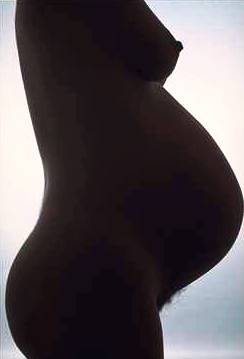| Back to the home page for penis news and information. |
| How big is the average penis? Measure the size of your penis and see how you compare in our penis size survey. |
|
|
|
|
| A variety of penis health related links including the FDA, AMA, vasectomy info, foreskin restoration, STD information, penis pictures, male sexual health, impotence and more. |
|
Condoms, lubricants, HIV testing kits, jock straps, sports underwear, penis pumps, supplements, pheromones, exercises to increase length and girth, sexual health books, personals, seduction guides, ejaculatory boosters, hair removal products - everything you need for a happy, contented penis!
|
| We cannot respond to health related questions via email. Please see your doctor for health matters. |
18 November 2000 In fact, the researchers found, there is hardly a day in the menstrual cycle during which some women are not potentially fertile. Women in this study were of prime reproductive age (most between 25 and 35), when the menstrual cycles are most regular. Because teenagers and women approaching menopause have less regular cycles, their windows of fertility might be even more unpredictable. Describing data from nearly 700 menstrual cycles of 213 healthy North Carolina women, NIEHS' Allen J. Wilcox, M.D., Ph.D., statistician David Dunson, Ph.D., and epidemiologist Donna Day Baird, Ph.D., reported in the British Medical Journal (Vol. 321, pp 1259-1262) that the timing of women's fertile window "can be highly unpredictable, even if their cycles are usually regular." Dr. Wilcox, a physician and chief of epidemiology at NIEHS, said, "If the average healthy couple wants to get pregnant, they are just as well off to forget 'fertile windows' and simply engage in unprotected intercourse two or three times a week." As for those seeking to use the cycle to avoid pregnancy, the odds are not good. "Our data suggest there are few days of the menstrual cycle during which some women are not potentially capable of becoming pregnant - including even the day on which they may expect their next menses to begin," according to the new scientific report. With cycle day one being the day of the actual onset of menstrual bleeding, the researchers showed that 2 percent of women were starting their fertile window by day four, 17 percent by day seven. More than 70 percent of normal women were in their fertile window before day 10 or after day 17, leaving few universal "safe" days for such natural birth control systems as the "rhythm method." Even women who regard their cycles as "regular" had a 1 to 6 percent probability of being fertile on the day their next period was expected. To obtain precise fertility information, the study required that the women volunteers provide daily urine samples that the researchers could test for estrogen and progesterone. An abrupt change in the ratio of these hormones marks the event of ovulation. This signal was used to identify days of ovulation during 696 menstrual cycles. In previous reports, Wilcox and colleagues had shown that the fertile window spans six days, ending with the day of ovulation. In the new report they find that sporadic late ovulation occurs even in women who say their cycles are usually regular. Because of these late ovulations, the researchers show, 4 to 6 percent of women are potentially fertile in the fifth week - more than 28 days after the start of their cycle. Having intercourse during a fertile day does not always produce a pregnancy, which also depends on the viability of the sperm and egg, the receptivity of the uterus and other factors that vary widely among couples.
Rhythm Method Doesn't Work Guidelines for getting pregnant -- or avoiding pregnancy -- usually assume an average woman is fertile between days 10 and 17 of her menstrual cycle. But researchers at the National Institute of Environmental Health Sciences have demonstrated what some accidentally pregnant women may have long suspected: Only about 30 percent of women actually have their fertile window entirely within that timespan.
Guidelines for getting pregnant -- or avoiding pregnancy -- usually assume an average woman is fertile between days 10 and 17 of her menstrual cycle. But researchers at the National Institute of Environmental Health Sciences have demonstrated what some accidentally pregnant women may have long suspected: Only about 30 percent of women actually have their fertile window entirely within that timespan.

